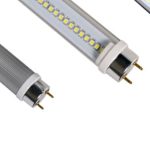LED Light Explained: Understanding the Benefits and Features of this EnergyEfficient Technology
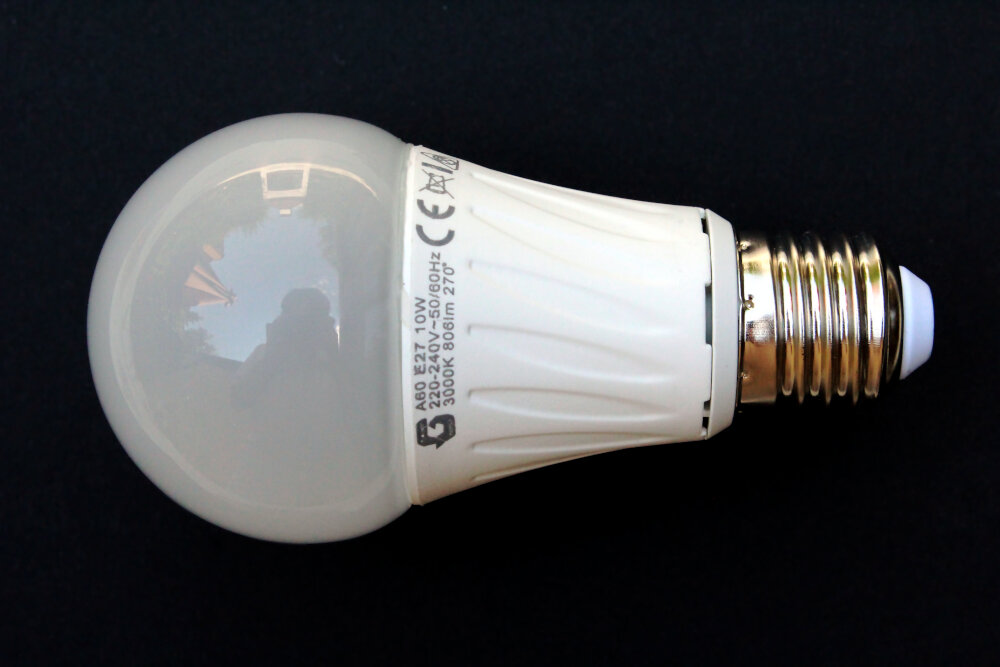
Light-emitting diodes (LEDs) have revolutionized the lighting industry with their energy-efficient technology and long-lasting capabilities. LED lights are becoming increasingly popular in homes, businesses, and public spaces due to their numerous benefits, including lower energy costs, reduced carbon footprint, and improved lifespan. Understanding the features and benefits of LED technology can help you make informed decisions when it comes to lighting your environment. LED lights use a semiconductor to convert electricity into light, making them more efficient than traditional incandescent bulbs that use a filament. LED lights produce less heat, consume less energy, and have a longer lifespan, making them a cost-effective and environmentally-friendly choice. Additionally, LED lights come in a range of colors and brightness levels, making them versatile and customizable to suit your specific lighting needs. In this article, we will explore the benefits and features of LED technology, and why you should consider switching to LED lights for your lighting needs.
LED lights, also known as Light Emitting Diodes, are a type of energy-efficient lighting technology that offers numerous benefits over traditional incandescent bulbs. Unlike incandescent bulbs, LED lights produce light through a process called electroluminescence, which involves the movement of electrons through a semiconductor material. This process is highly efficient, as it converts almost all of the electricity used into light, rather than heat. LED lights are also known for their long lifespan, with some models lasting up to 25 times longer than traditional bulbs. Additionally, LED lights are available in a wide range of colors and styles, making them a versatile choice for any lighting application. Overall, LED lights are a highly efficient and cost-effective lighting solution that offers numerous benefits over traditional bulbs.
The history of LED lights dates back to the early 1900s when scientists discovered the phenomenon of electroluminescence. However, it wasn’t until the 1960s that practical applications of LEDs were developed. The first LED was a red light created in 1962 by Nick Holonyak Jr. Since then, advancements in technology have led to the development of LED lights in a variety of colors and sizes. In the early days, LEDs were primarily used for indicator lights in electronic devices. However, with the increasing demand for energy-efficient lighting, LEDs have become a popular choice for both residential and commercial lighting applications. Today, LED lights are a versatile and eco-friendly lighting solution that offers a range of benefits, including lower energy consumption, longer lifespan, and improved brightness and color accuracy.
Benefits of LED lights
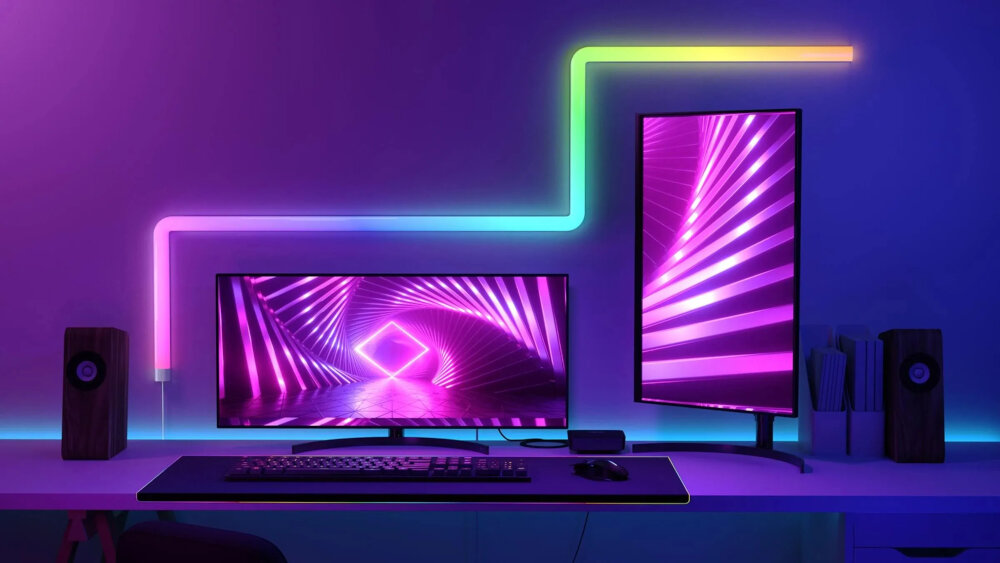
LED lights have gained immense popularity in recent years due to their energy-efficient and eco-friendly features. One of the most significant benefits of LED lights is their long lifespan. LED lights can last up to 25 times longer than traditional incandescent bulbs, making them a cost-effective option in the long run. Moreover, LED lights do not burn out abruptly like traditional bulbs, but instead, they gradually decrease in brightness, giving you ample time to replace them. Additionally, LED lights do not emit heat, making them safe to touch and reducing the risk of fire accidents. The low heat emission also makes them ideal for outdoor lighting, as they do not attract insects like traditional bulbs. Another significant benefit of LED lights is their energy efficiency. LED lights consume less power than traditional incandescent bulbs and fluorescent tubes, making them an eco-friendly option. Moreover, LED lights do not emit harmful UV rays or contain hazardous materials like mercury, making them safe for the environment. The low power consumption of LED lights can also help reduce your electricity bills, making them a cost-effective lighting solution in the long run. Furthermore, LED lights come in a variety of colors, making them ideal for decorative lighting, such as in holiday decorations, as they do not require filters to create different colors.
Energy efficiency is a crucial aspect of modern technology, and LED lights are a prime example of this. LED lights use significantly less energy than traditional incandescent bulbs, making them an ideal choice for those looking to reduce their energy consumption and lower their carbon footprint. LED lights also have a longer lifespan than traditional bulbs, which means that they need to be replaced less frequently, reducing waste and saving money in the long run. Additionally, LED lights are highly versatile and can be used in a variety of settings, from homes and offices to outdoor spaces and commercial buildings. Overall, the energy efficiency of LED lights makes them an excellent choice for anyone looking to save energy, money, and the environment.
LED lights are known for their impressive lifespan, which is one of their most significant benefits. Unlike traditional incandescent bulbs that burn out after a few thousand hours of use, LEDs can last up to 50,000 hours or more. This longevity is due to the fact that LEDs do not have a filament that can burn out, and they operate at a lower temperature, which reduces the likelihood of damage from heat. Additionally, LEDs are not as affected by on/off cycles, which means they can be switched on and off frequently without reducing their lifespan. The extended lifespan of LED lights not only saves money on replacement costs but also reduces waste and the environmental impact of discarded bulbs.
Durability is one of the most significant benefits of LED lights. LED lights are designed to last longer than traditional lighting solutions, ensuring that they provide excellent value for money. The durability of LED lights is due to their construction, which relies on solid-state technology that is more robust and durable than traditional lighting solutions. LED lights are also more resistant to damage caused by shock, vibration, and extreme temperature changes. This makes them an excellent choice for outdoor use, where they can withstand harsh weather conditions and provide reliable lighting for extended periods. In addition to their durability, LED lights are also highly energy-efficient, making them an ideal choice for anyone looking to reduce their energy consumption and lower their carbon footprint.
In today’s world, where the environment is facing numerous challenges, it has become imperative to adopt environmentally friendly practices. LED lights are one such technology that has gained popularity due to its energy-efficient and eco-friendly features. LED lights consume significantly less energy than traditional lighting options, leading to reduced carbon emissions and lower energy bills. Moreover, LED lights have a longer lifespan, resulting in lesser waste and reduced need for frequent replacements. By making the switch to LED lights, individuals and businesses can contribute towards a sustainable future while simultaneously reaping the benefits of cost savings and increased efficiency.
One of the most significant benefits of LED lights is the potential for cost savings. LED lights use significantly less energy than traditional incandescent or fluorescent bulbs, which means that they can lower your energy bills and help you save money over time. Additionally, LED lights have a much longer lifespan than other types of bulbs, which means that you won’t have to replace them as often. This can also help you save money on maintenance and replacement costs in the long run. Overall, the cost savings associated with LED lights make them an excellent choice for anyone looking to reduce their energy consumption and save money on their lighting expenses.
Features of LED lights
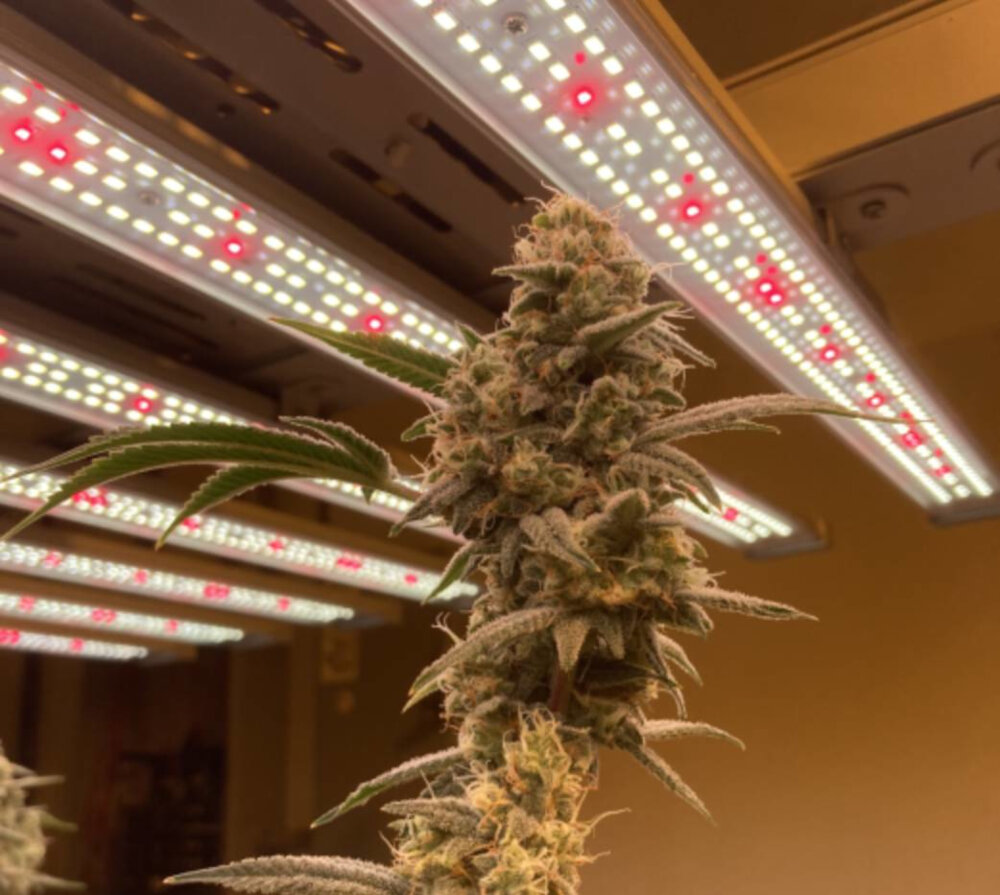
LED lights, or light-emitting diodes, are a highly efficient and versatile lighting technology that have revolutionized the way we light our homes and businesses. One of the most notable features of LED lights is their energy efficiency. Unlike traditional incandescent bulbs, which waste energy by producing heat, LED lights convert almost all of the energy they consume into light, making them up to 80% more efficient. This not only saves money on energy bills but also reduces carbon emissions, making LEDs a more environmentally friendly choice. In addition, LED lights have a much longer lifespan than incandescent bulbs, lasting up to 25 times longer. This means less frequent bulb replacements and less waste in landfills. Another key feature of LED lights is their versatility. LED lights can be found in a wide range of colors, including cool and warm whites, red, green, blue, and even pink and purple. They also come in a variety of shapes and sizes, from tiny bulbs used in electronics to large panels used in commercial lighting. LED lights can be dimmed, controlled remotely, and can even be programmed to change colors or brightness levels at specific times. This makes them perfect for a variety of applications, from mood lighting in homes to accent lighting in restaurants and bars. With their energy efficiency and versatility, LED lights are quickly becoming the go-to lighting choice for consumers and businesses alike.
Color temperature is an essential aspect of LED lighting technology that determines the color appearance of the light. It is measured in Kelvin (K) and refers to the warmth or coolness of the emitted light. Lower color temperatures, ranging from 2200K to 3000K, emit warm white light that is similar to incandescent bulbs. On the other hand, higher color temperatures, ranging from 4000K to 6500K, emit cool white light that is similar to daylight. The color temperature of LED lights is crucial in creating the desired ambiance and mood in different environments, such as homes, offices, and outdoor spaces. Additionally, LED lights with adjustable color temperatures offer more flexibility and customization to users, allowing them to create the perfect lighting for their needs.
Dimming capabilities are an essential feature of LED lights, allowing users to adjust the brightness level according to their needs. This feature not only offers greater control and flexibility but also helps to save energy and extend the lifespan of the LED lights. With dimming capabilities, users can set their lights at a lower intensity, reducing their energy consumption and ultimately lowering their electricity bills. Additionally, this feature can help create a more comfortable and relaxing atmosphere, particularly in settings such as homes, restaurants, and hotels. With the ability to adjust the brightness level, LED lights can enhance the ambiance of any environment and make it more inviting and enjoyable.
Directional lighting is a lighting technique that focuses the light in a specific direction, allowing for targeted illumination. This technique is commonly used in commercial and residential settings to highlight particular features of a room, such as artwork or architectural details. LED lights are particularly well-suited for directional lighting due to their directional nature, allowing for precise control over where the light is directed. Additionally, directional LED lighting is highly energy-efficient, as it allows for targeted illumination without wasting light in areas where it is not needed. This makes LED directional lighting an ideal choice for those looking to reduce their energy consumption and lower their electricity bills.
Instanton is a term used to describe the immediate illumination of LED lights when switched on. Unlike traditional incandescent bulbs, LED lights do not require a warm-up period before reaching full brightness. This feature not only makes them more convenient for use, but also more energy-efficient as they do not waste energy during the warm-up phase. In addition to their instant illumination, LED lights also have a longer lifespan and emit less heat than traditional bulbs, making them a popular choice for both residential and commercial lighting solutions. With their numerous benefits and features, it’s no wonder LED lights are becoming increasingly popular as a sustainable and cost-effective lighting option.
LED lighting technology has revolutionized the way we illuminate our homes, offices, and public spaces. One of the most significant benefits of LED lighting is the absence of UV radiation. Unlike traditional lighting sources, such as incandescent and fluorescent bulbs, LEDs emit little to no UV radiation. This is important because UV radiation can be harmful to human health, causing skin damage and increasing the risk of developing skin cancer. LED lighting also eliminates the need for additional UV filters and shields, making it a more cost-effective and safer lighting solution. The absence of UV radiation in LED lighting is just one of the many advantages that make this technology a smart choice for anyone looking to save energy, reduce costs, and improve overall health and safety.
Applications of LED lights
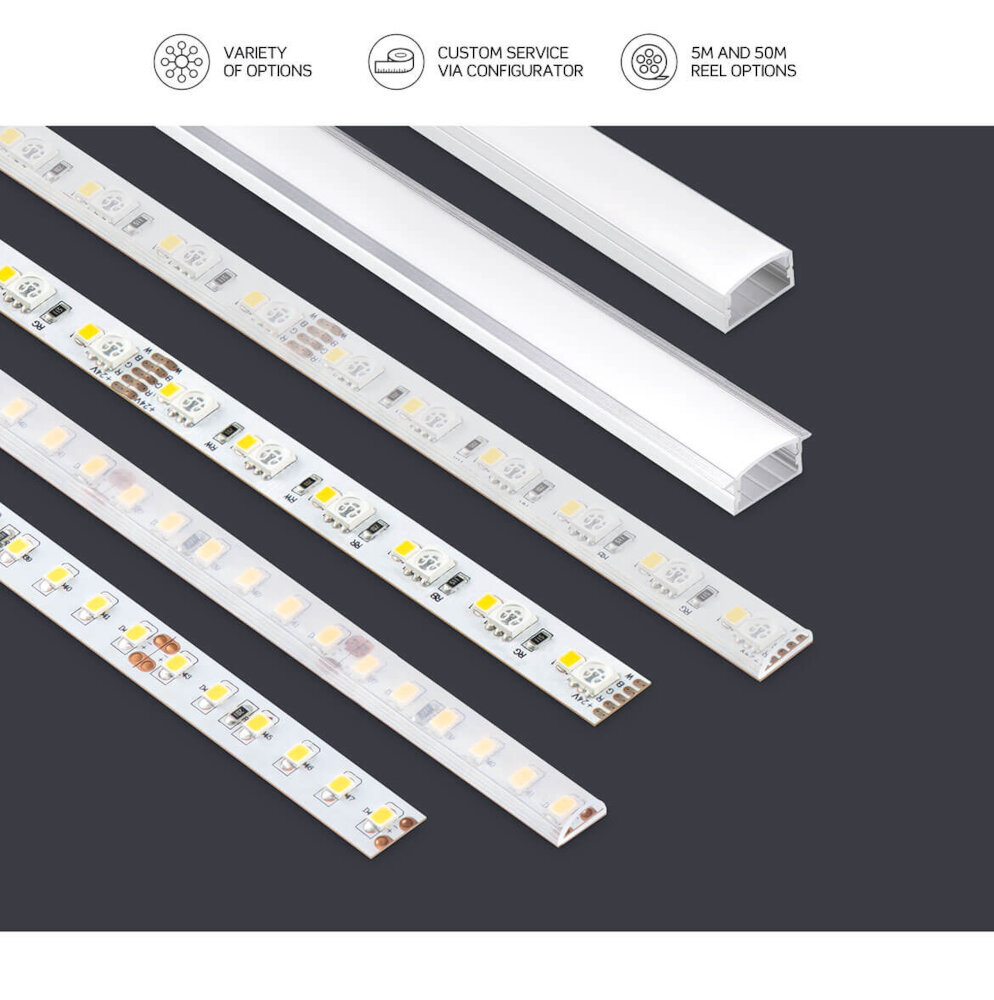
LED lights have become increasingly popular due to their energy efficiency and long lifespan. They are used in a wide range of applications, from residential to commercial and industrial settings. In the residential sector, LED lights are commonly used for lighting fixtures in homes, apartments, and condominiums. They are available in various forms, including bulbs, strips, and panels, making it easy to install them in different areas of the home, such as the kitchen, living room, and bedroom. In commercial and industrial settings, LED lights are used for a variety of purposes, including lighting up offices, retail stores, and warehouses. LED lights are also commonly used in outdoor settings, such as street lighting, parking lots, and sports venues, due to their durability and energy efficiency. They are also used in automotive lighting, such as headlights and taillights, due to their brightness and long lifespan. The versatility and energy efficiency of LED lights make them an attractive option for various applications, and their popularity is expected to continue to grow in the future.
Residential lighting has come a long way in recent years, with LED technology leading the way. LED lights are highly energy-efficient and long-lasting, making them ideal for residential use. They emit a bright, clean light that is easy on the eyes and can be adjusted to suit any mood or task. Unlike traditional incandescent bulbs, LEDs do not emit heat, making them safer to use in the home. They also come in a wide range of colors and styles, making it easy to find the perfect lighting for any room in the house. Additionally, LED lights are environmentally friendly, as they use less energy and do not contain harmful chemicals like mercury. Overall, LED lighting is a smart investment for any homeowner looking to save money on energy bills and create a stylish, comfortable living space.
Commercial lighting refers to the use of lighting fixtures in commercial buildings such as offices, warehouses, retail stores, and public spaces. With the advent of LED technology, commercial lighting has undergone a revolution in terms of energy efficiency and cost savings. LED lights offer a longer lifespan, lower energy consumption, and reduced maintenance costs compared to traditional lighting technologies. Moreover, LED lights are highly versatile and can be customized to suit different lighting needs in commercial spaces. The benefits of LED lighting are not only limited to energy savings and cost-effectiveness but also extend to enhanced visual comfort, increased productivity, and improved safety in the workplace.
Automotive lighting is an essential component of any vehicle, serving to illuminate the road ahead and alert other drivers of your presence. LED lights have become increasingly popular in the automotive industry due to their energy efficiency and durability. Unlike traditional incandescent bulbs, LED lights use a semiconductor to convert electricity into light, resulting in less heat waste and longer lifespan. LED lights also offer brighter and more focused beams, providing better visibility for drivers. In addition, LED lights come in a variety of colors and styles, allowing for customization and personalization of your vehicle’s lighting. Overall, LED automotive lighting is a cost-effective and eco-friendly solution that enhances safety and style on the road.
Outdoor lighting is an essential aspect of any residential or commercial property, as it not only enhances the aesthetic appeal of the area but also ensures safety and security. LED lighting technology has revolutionized the outdoor lighting industry with its energy-efficient and eco-friendly features. LED lights consume significantly less energy than traditional lighting, resulting in lower electricity bills and reduced carbon footprint. Additionally, LED lights are incredibly durable and long-lasting, which means that property owners can save money on maintenance and replacement costs. Furthermore, LED lights are available in a range of colors, brightness levels, and designs, allowing property owners to customize their outdoor lighting to suit their needs and preferences. Overall, LED lighting is a smart investment for anyone looking to improve the appearance and safety of their outdoor space while reducing their environmental impact.
Specialty lighting is a type of lighting that is designed for a specific purpose, such as highlighting artwork or creating a mood in a room. It is often used in commercial settings, such as restaurants and hotels, as well as in residential settings. LED technology has revolutionized specialty lighting, offering a range of benefits such as energy efficiency, long lifespan, and versatility in design. LED specialty lighting can be used for a variety of applications, including accent lighting, task lighting, and decorative lighting. With its high-quality light output and low energy consumption, LED specialty lighting is an excellent choice for anyone looking to enhance the ambiance of their home or business while reducing their energy costs.
Choosing the right LED light
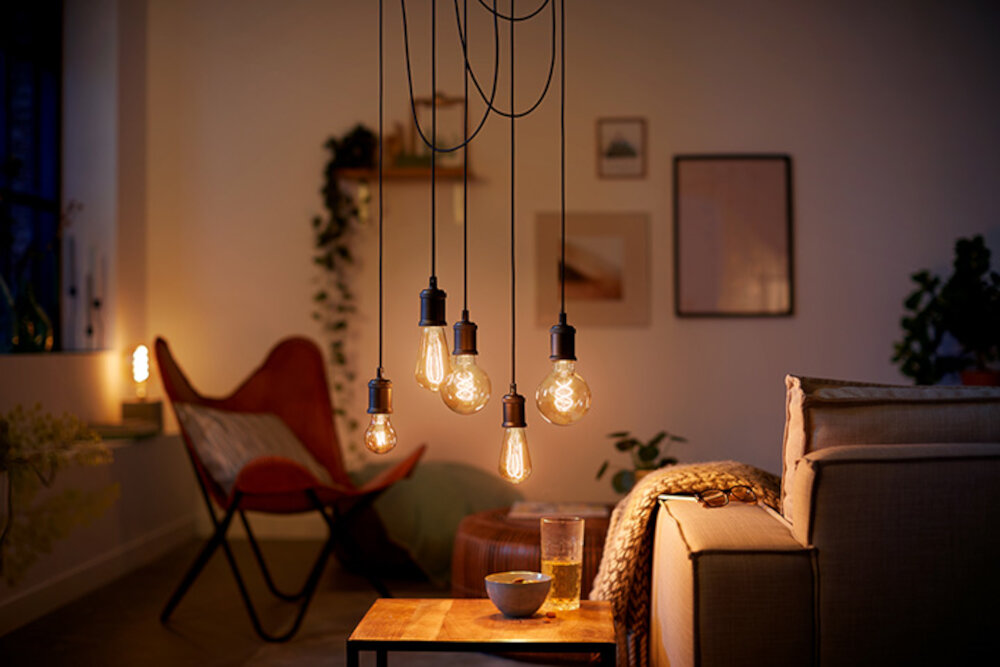
Choosing the right LED light can be a daunting task, as there are numerous factors to consider. Firstly, it is important to determine the color temperature of the light, measured in Kelvins (K). This refers to the warmth or coolness of the light, with lower Kelvins being warmer and higher Kelvins being cooler. For instance, a warm white light with a color temperature of 2700K has a yellowish tint, while a cool white light with a temperature of 5000K appears bluish. The color temperature of the LED light should be selected based on the intended use, as warmer colors are ideal for creating a cozy ambiance, while cooler colors are suitable for task lighting. Secondly, it is crucial to consider the lumens and wattage of the LED light. Lumens refer to the brightness of the light, with higher lumens indicating a brighter light. On the other hand, wattage refers to the amount of energy consumed by the light. Choosing an LED light with a high lumen count and low wattage can help to save energy and reduce electricity bills. Moreover, it is advisable to select LED lights with dimming capabilities, as this can help to adjust the brightness according to the preferences of the user. By considering these factors, one can choose the right LED light that meets their lighting needs and is energy-efficient.
When it comes to LED lights, the terms wattage and lumens are important to understand. Wattage refers to the amount of energy that the light bulb uses, whereas lumens refer to the amount of light output that the bulb produces. In the past, consumers often used wattage as the primary metric for determining the brightness of a bulb. However, with LED lights, this is no longer the case. LED bulbs use significantly less energy than traditional incandescent bulbs, meaning that wattage is no longer a reliable indicator of brightness. Instead, lumens are now the standard metric for measuring the brightness of LED lights. This shift has made it easier for consumers to choose energy-efficient bulbs that provide the same level of brightness as traditional bulbs, but with a much lower energy consumption.
Color temperature is a fundamental aspect of LED lighting that plays a critical role in creating the desired ambiance for any given setting. It refers to the hue of light emitted by an LED bulb, measured in Kelvin (K). The lower the Kelvin value, the warmer the light appears, while the higher the Kelvin value, the cooler the light appears. This means that a bulb with a color temperature of 2700K emits a warm, yellowish light that is ideal for creating a cozy atmosphere in a living room or bedroom, while a bulb with a color temperature of 5000K emits a cool, bluish light that is perfect for use in a workspace or kitchen where bright, white light is required. Understanding color temperature is crucial when choosing LED bulbs as it can greatly impact the mood and functionality of a space.
Dimming options are an essential feature of LED lights that provide flexibility and control over the lighting environment. Dimming allows users to adjust the level of light output to their preference, creating a comfortable and inviting atmosphere. LED lights offer a wide range of dimming options, including manual dimming using a switch or slider, remote control dimming, and even smartphone app-based dimming. Additionally, some LED lights are equipped with advanced features, such as color temperature adjustment, which allows users to fine-tune the warmth or coolness of the light. Overall, dimming options are an excellent way to maximize the benefits of LED lights, including energy efficiency, durability, and long lifespan.
Compatibility with existing fixtures is one of the major advantages of LED lights. Unlike traditional lighting solutions, LED lights can be easily integrated into any existing lighting fixture, making the transition to LED technology hassle-free. With a wide variety of sizes and shapes available, LED lights can replace almost any type of light bulb, from standard incandescent bulbs to halogen lamps and fluorescent tubes. LED lights are also compatible with dimmer switches, which means they can be adjusted to meet different lighting needs and moods. This makes it easy to upgrade your lighting system without having to replace your entire lighting infrastructure, saving you both time and money.
When it comes to LED lights, brand and quality are critical factors that determine the performance and longevity of the product. A reputable brand will ensure that the LED lights have undergone rigorous testing and meet industry standards for efficiency and durability. Quality, on the other hand, is reflected in the materials used, the design of the product, and the technology employed in manufacturing. High-quality LED lights are known for their reliability, energy efficiency, and long lifespan. Investing in a trusted brand and high-quality LED lights will not only save you money on energy bills but also reduce your carbon footprint by using a sustainable and eco-friendly lighting solution.
LED lights have become a popular choice for both residential and commercial lighting due to their energy efficiency, durability, and versatility. Unlike traditional incandescent bulbs, LED lights consume much less energy and have a longer lifespan, making them a cost-effective and environmentally-friendly solution. Additionally, LED lights emit little to no heat, reducing the risk of fire hazards and making them safer to handle. LED lights are also available in a wide range of colors and designs, making them ideal for creating different moods and atmospheres in various settings. Furthermore, LED lights are easy to install and maintain, making them a convenient and hassle-free lighting option. Overall, LED lights provide numerous benefits and features that make them a superior lighting technology.
Switching to LED lighting is an excellent decision for anyone looking to reduce their energy consumption while still enjoying a bright and well-lit space. LEDs are highly energy-efficient and use up to 80% less energy than traditional incandescent bulbs, which means lower energy bills and a smaller carbon footprint. In addition to being eco-friendly, LED lights have a longer lifespan than traditional bulbs, which reduces the need for frequent replacements and saves you money in the long run. They also emit less heat, making them safer to use and reducing the risk of fire hazards. With a wide range of colors and styles available, making the switch to LED lighting is a simple and effective way to improve the energy efficiency of your home or business.
In conclusion, the future of LED technology is bright and promising. As the demand for energy-efficient lighting solutions continues to grow, LED technology is poised to become the dominant form of lighting in the coming years. With its many benefits, including energy efficiency, longer lifespan, and versatility, LED lighting offers a cost-effective and environmentally friendly solution to traditional lighting methods. As further advancements are made in the technology, we can expect to see even greater efficiency, improved color rendering, and more innovative designs. The age of LED lighting is upon us, and it is an exciting time for those looking to save money on their energy bills and reduce their carbon footprint.
Conclusion
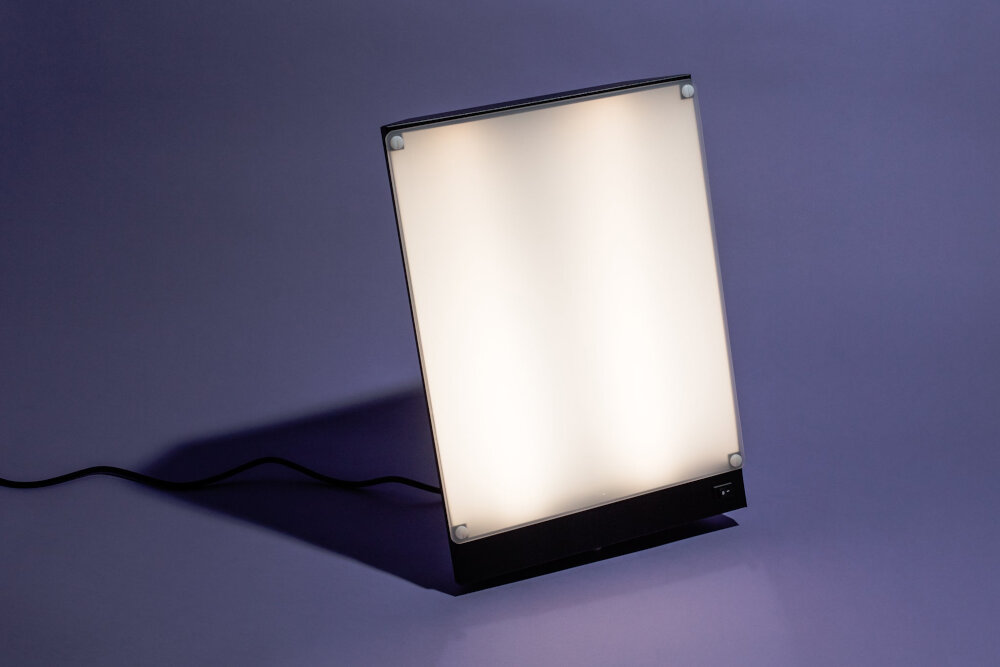
In conclusion, LED lighting is a powerful and energy-efficient technology that has revolutionized the way we light our homes, businesses, and communities. With its numerous benefits and features, including longer lifespan, lower energy consumption, and superior color rendering, LED lighting has become the preferred choice for many consumers and industries. From reducing energy costs and minimizing carbon footprint to enhancing safety and well-being, LED lighting has proven to be a game-changer in the lighting industry. As we continue to prioritize sustainability and environmental responsibility, LED lighting will undoubtedly play a crucial role in shaping the future of lighting technology.

